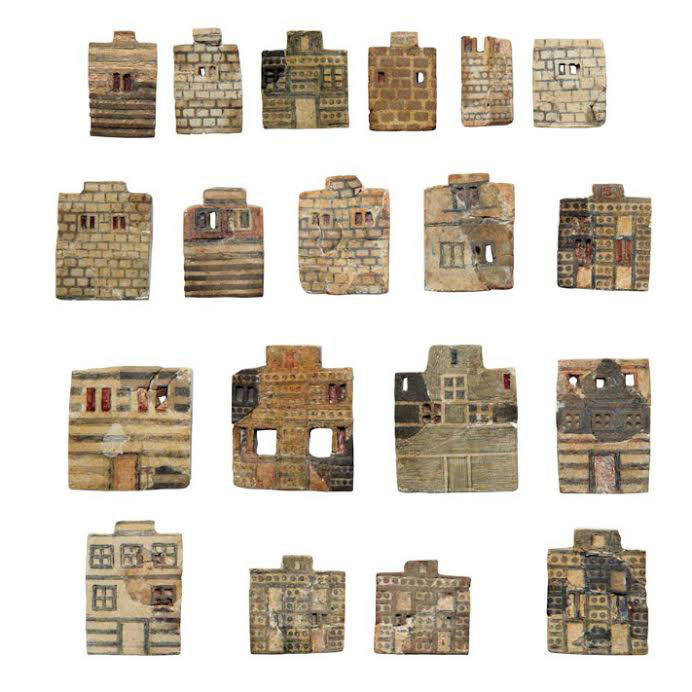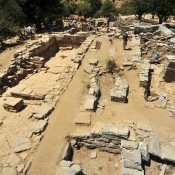Maud Devolder will be the speaker of the next Minoan Seminar, titled “Minoan Builders. New Research on the Scale and Organisation of Architectural Projects in Bronze Age Crete.” The seminar will be on Friday, November 20, 2015. It will be given in english with bilingual discussion
The awe instilled by ancient monuments can often be expressed by the question: how many people had to participate in building projects, and how long did these take? A specific method answers this by translating a building into the labour-time necessary for its construction, taking into account each task within the building project. Formalised in the eighties by Elliot Abrams, this method is called ‘architectural energetics’; it estimates the time invested in the procurement, transport, manufacture and assembly of the materials that compose a building. Here, this method is applied to 23 Minoan case-studies of the Neopalatial period. The time and manpower necessary for each of them is evaluated, and discussed following two lines of research: the social impact of building projects, and the absence of marked building categories.
First, the limited impact of these building projects is considered. In most cases, it appears likely that the inhabitants built their own houses, providing the manpower necessary to construct it within a short period – most probably that defined by the agricultural off-season. In a few cases, however, the building must have been built by specialists beyond the individuals of the household. This is indicated by a higher labour-time for the building project, but also by elaborate architectural features, the knowledge of which should have been beyond the reach of normal households. Various features and building choices generated the varying scales of building projects, but a recurring observation is that those did not impact significantly on the population, since the number of individuals required for their construction is insignificant with regard to the size of the communities. Second, this application of architectural energetics underlines the existence of a marked continuum in the ‘time-requirements’ of Neopalatial architectural production. This supports observations by other researchers, but also sheds light on the variety of building practices that generated a linear distribution of energy expenditure. Such distribution of the labour-time estimates shows that there is no marked segregation between categories of buildings, perhaps reflective of relatively free access to specialized manpower.
Although such a mathematical approach tothe archaeological remains is sometimes considered as a ‘dehumanized’ method of grasping ancient behaviours, it helps us to refine our understanding of the processes at play during the construction projects. To illustrate these, specific building practices are explored, which concern the production and use of mudbricks, the involvement of specialists in the laying out of the plan, and hints at building teams that followed construction projects.
Where and when: The Archaeological Society at Athens, Panepistimiou 22; November 20, 2015, at 6.30 p.m.




